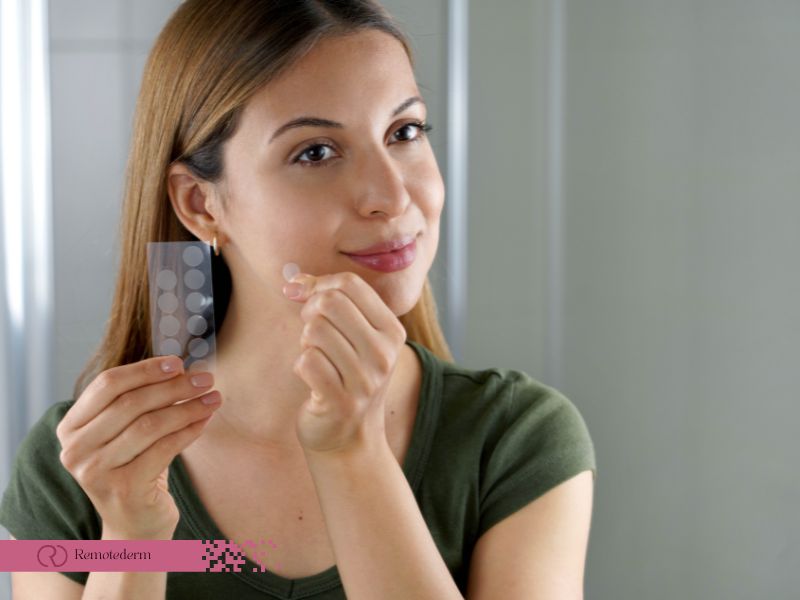Spot acne treatment is a game-changer when it comes to achieving clear and radiant skin. Dealing with acne can be frustrating, but with the right spot treatment, you can effectively target and treat those pesky pimples, whiteheads, and blackheads. Unlike full-face treatments that are applied all over, spot treatments concentrate powerful active ingredients precisely where they are needed most. By providing focused care, spot treatments deliver faster results, making them a must-have in your skincare routine. Whether you’re dealing with occasional breakouts or isolated blemishes, spot treatments save you time and resources by addressing specific problem areas. Say goodbye to stubborn acne and hello to a flawless complexion as we unveil the ultimate spot acne treatment guide. Get ready to zap away acne in a flash with this breakthrough solution that will transform your skin.
Understanding Acne
Acne, also known as acne vulgaris, is a skin condition caused by clogged hair follicles with oil, dead skin cells, and bacteria. It commonly appears on the face, chest, shoulders, and back. Acne can manifest in different forms, including blackheads, whiteheads, pimples, cysts, and nodules.
Causes of Acne
Several factors contribute to the development of acne. Excess oil production, clogged pores, bacteria, hormonal changes, and inflammation are among the primary causes. Certain factors, such as genetics, diet, stress, and environmental factors, can also play a role in acne formation.
Different Types of Acne
Acne can present itself in various forms, each with its own characteristics and severity. Common types of acne include:
- Blackheads: Open comedones that appear as small black or darkened bumps on the skin’s surface.
- Whiteheads: Closed comedones that are flesh-colored or white bumps beneath the skin.
- Papules: Small, raised, red bumps that may be tender to the touch.
- Pustules: Pus-filled red pimples with a white or yellow center.
- Nodules: Large, painful, solid lesions that develop deep beneath the skin.
- Cysts: Painful, pus-filled lumps that can cause scarring.
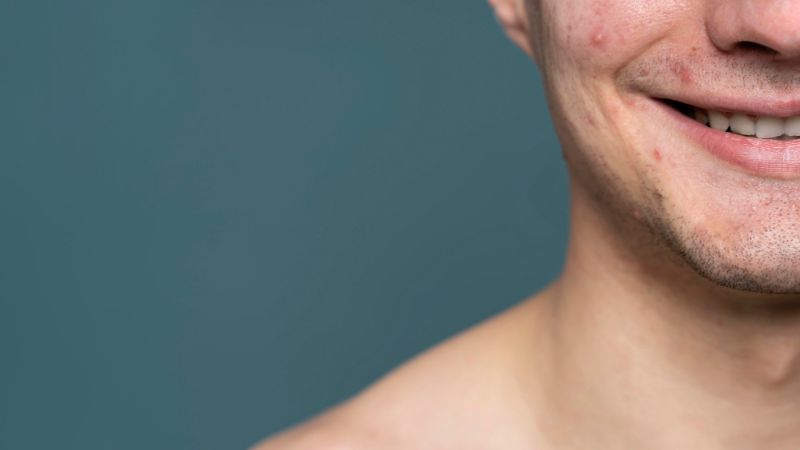
The Role of Hormones in Acne Development
Hormonal changes, particularly during puberty, can trigger the onset of acne. Androgens, a type of hormone, stimulate the sebaceous glands to produce more oil, leading to clogged pores and acne formation. Hormonal fluctuations during menstrual cycles and pregnancy can also contribute to acne breakouts.
Spot Acne Treatment Basics
When it comes to dealing with pesky acne breakouts, understanding the basics of spot acne treatment is essential. From targeted topical medications to natural remedies, these treatments aim to address individual pimples and blemishes for clearer and healthier skin.
The Importance of Targeted Treatments
When it comes to managing acne, targeted treatments play a crucial role in effectively addressing individual pimples, whiteheads, and blackheads. Unlike full-face treatments that are applied all over the face, spot treatments are specifically designed to target and treat specific blemishes, providing focused care and delivering faster results.
One of the key advantages of spot treatments is their ability to concentrate active ingredients directly onto the affected areas. By focusing on the individual blemishes, spot treatments can deliver higher concentrations of acne-fighting ingredients precisely where they are needed, maximizing their effectiveness.
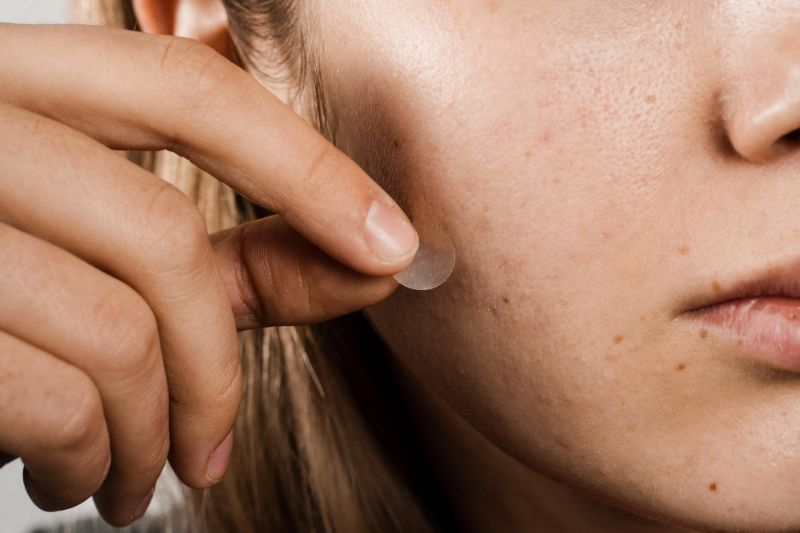
The targeted nature of spot treatments is particularly beneficial for those dealing with occasional breakouts or isolated blemishes. Instead of treating the entire face, spot treatments allow you to address specific problem areas, saving both time and resources.
Spot Treatments vs. Full-Face Treatments
While full-face treatments, such as cleansers, toners, and moisturizers, are essential for overall skincare, they may not effectively combat individual acne spots. This is where spot treatments come into play, offering targeted care for specific blemishes.
Full-face treatments are designed to cleanse, nourish, and maintain the overall health of the skin. They work to remove impurities, balance the skin’s pH levels, and provide hydration and protection. These treatments are essential for maintaining a healthy complexion and preventing future breakouts. However, when it comes to addressing existing acne spots, full-face treatments may not provide the concentrated ingredients necessary for effective treatment.
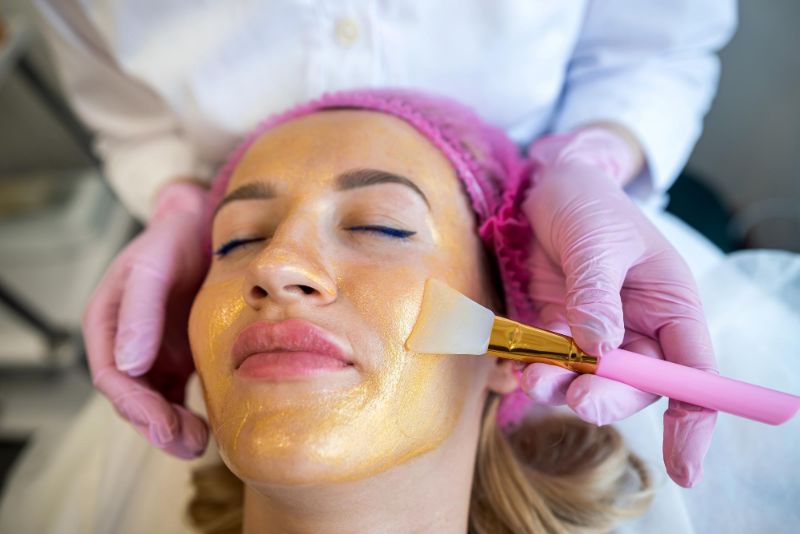
Spot treatments, on the other hand, are specifically formulated to target individual acne spots. They contain higher concentrations of active ingredients that penetrate deep into the skin to unclog pores, reduce inflammation, and kill acne-causing bacteria. The focused nature of spot treatments allows them to deliver more powerful and direct care to the affected areas.
Ingredients to Look for in Spot Acne Treatments
When choosing a spot treatment, it’s important to consider the ingredients. Look for the following key ingredients known for their acne-fighting properties:
- Benzoyl Peroxide: An effective antimicrobial agent that kills acne-causing bacteria and reduces inflammation.
- Salicylic Acid: A beta-hydroxy acid that helps unclog pores and exfoliates the skin.
- Sulfur: A mineral that reduces oil production and helps unclog pores.
- Retinoids: Derivatives of vitamin A that promote cell turnover and prevent clogged pores.
- Tea Tree Oil: A natural antiseptic that is also antibacterial.
- Witch Hazel: A natural astringent that reduces inflammation and regulates oil production.
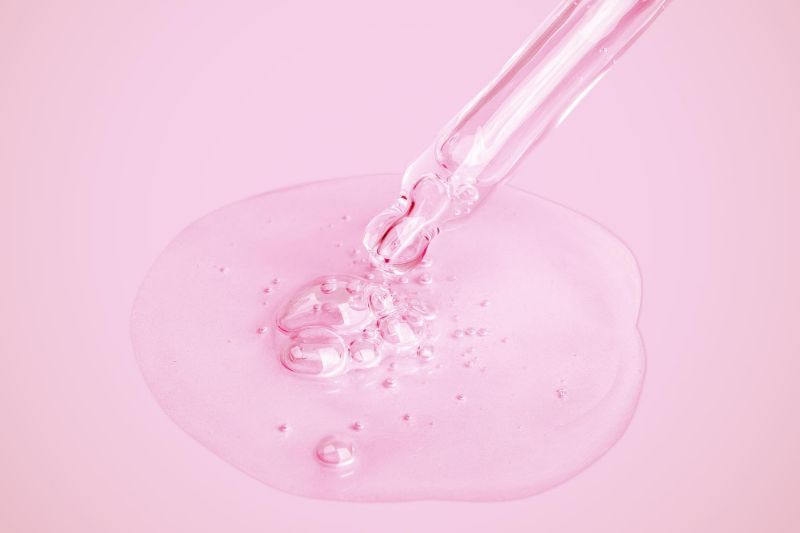
How to Choose the Right Spot Treatment for Your Skin Type
Selecting the appropriate spot treatment for your skin type is a crucial step in achieving effective and targeted results in your acne-fighting journey. Understanding your skin’s unique characteristics and needs can help you make informed decisions when it comes to choosing the right spot treatment. Here are some guidelines to consider based on different skin types:
For Oily Skin:
If you have oily skin, it’s important to opt for spot treatments that help control excess oil production and prevent clogged pores. Look for substances such as benzoyl peroxide or salicylic acid. Benzoyl peroxide works by killing acne-causing bacteria and reducing oil production, while salicylic acid penetrates the pores, exfoliates dead skin cells, and helps unclog them. These active ingredients can help manage oiliness and minimize the occurrence of breakouts, giving your skin a clearer and smoother appearance.
For Dry or Sensitive Skin:
If you have dry or sensitive skin, it’s essential to choose spot treatments that are gentle and less likely to cause irritation or dryness. Harsh or overly drying spot treatments can exacerbate dryness and compromise your skin’s natural barrier, leading to further sensitivity and discomfort. Look for spot treatments that contain milder ingredients such as sulfur or tea tree oil. Sulfur possesses anti-inflammatory and antibacterial properties, making it suitable for calming existing acne spots. Tea tree oil is known for its soothing properties and can help reduce redness and inflammation associated with acne. These ingredients provide effective acne-fighting benefits without compromising the moisture balance of your skin.
For Combination Skin:
If you have combination skin, which means you have both oily and dry areas, finding a spot treatment that addresses multiple concerns can be beneficial. Look for spot treatments that target both oiliness and congestion while being gentle enough for dry areas. Salicylic acid-based spot treatments can be a great choice for combination skin. Salicylic acid not only helps control oil production but also provides gentle exfoliation, helping to remove dead skin cells and unclog pores. This dual-action approach can effectively address both oiliness and congestion, promoting a more balanced complexion.
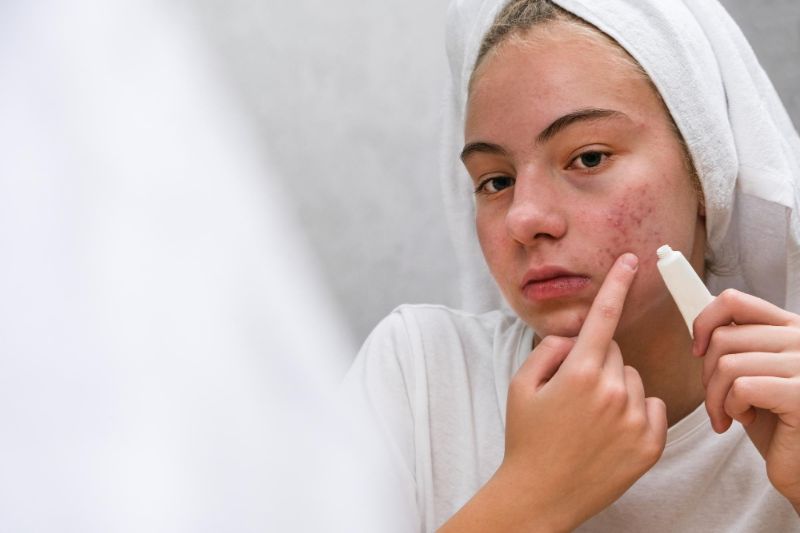
By considering your specific skin type and its unique needs, you can select a spot treatment that targets your concerns effectively. Remember, everyone’s skin is different, so it may take some trial and error to find the perfect spot treatment that works for you. Be patient, consistent, and attentive to your skin’s response, adjusting your routine as needed. With the right spot treatment tailored to your skin type, you can effectively combat acne and achieve the clear and healthy skin you desire.
Natural Spot Acne Treatments
For those who prefer a more holistic and gentle approach to acne management, natural spot acne treatments provide a compelling alternative. These remedies harness the power of nature’s ingredients to address acne breakouts without harsh chemicals or synthetic compounds. If you’re looking to incorporate natural remedies into your skincare routine, let’s explore some effective and time-tested options that can help you achieve clearer, healthier skin.
Tea Tree Oil
Given its antibacterial characteristics, tea tree oil is a well-known natural treatment for acne. Inflammation is decreased and acne-causing germs are killed. Apply a few drops of tea tree oil to a carrier oil, like jojoba or coconut oil, and then use a cotton swab to apply the mixture directly to the affected area.
Witch Hazel
Witch hazel is a natural astringent that can help soothe inflamed skin and reduce inflammation. Dab witch hazel onto the afflicted area with a cotton pad. Allow it to thoroughly dry before using any further skincare products.
Aloe Vera
Aloe vera has calming and anti-inflammatory qualities that can help soothe sore skin and promote healing. Apply the gel from an aloe vera leaf immediately to the acne patches. Allow it to sit on your skin for 10 to 15 minutes before rinsing with water.
Apple Cider Vinegar
Acetic acid in apple cider vinegar has antibacterial characteristics that can help treat acne-causing germs. Dilute apple cider vinegar with water in a 1:3 ratio and apply it to the affected areas using a cotton pad. Let the substance stay on your skin for a few minutes before completely rinsing it off.
Honey
Honey possesses antibacterial characteristics and has the potential to mitigate inflammation. Apply a small amount of raw, organic honey directly to the acne spots and leave it on for 10-15 minutes. Rinse your skin with warm water and gently dry it by patting.
Green Tea Extract
Green tea extract contains antioxidants and anti-inflammatory compounds that can help reduce acne and soothe the skin. Prepare a batch of green tea and let it cool down to a suitable temperature. Apply the tea to the affected areas using a cotton pad or spray bottle. Allow the product to remain on the skin for about 10 to 15 minutes prior to washing it off.
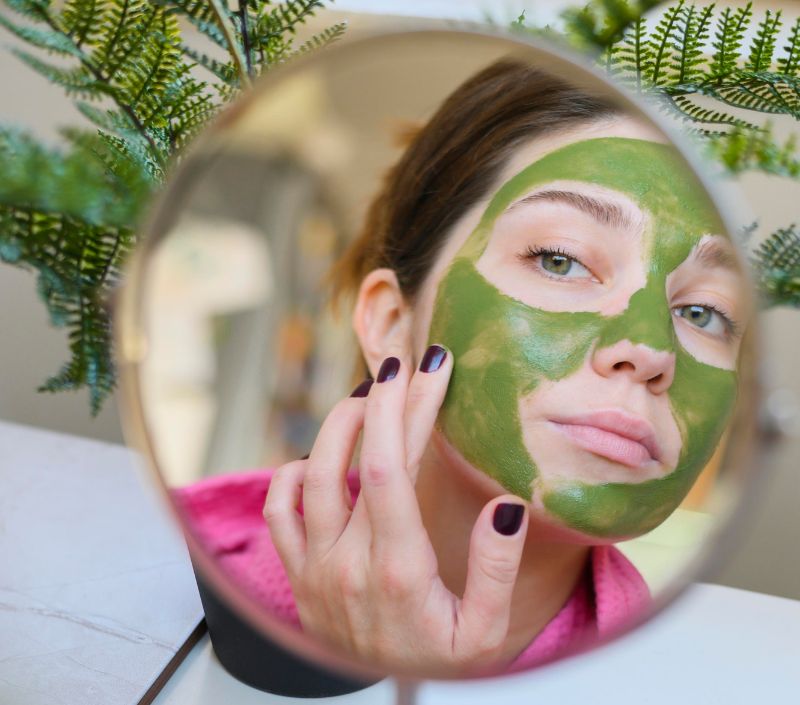
Natural spot acne treatments can be effective in managing mild acne and maintaining overall skin health. However, if you have severe or persistent acne, it is advisable to consult a dermatologist for a personalized treatment plan. Now, let’s delve into over-the-counter spot treatments.
Over-the-Counter Spot Treatments
When it comes to managing acne breakouts, over-the-counter (OTC) spot treatments offer a convenient and accessible solution. OTC spot treatments are designed to target individual acne spots, providing a focused approach to addressing breakouts. They contain active ingredients that work to unclog pores, reduce inflammation, and combat acne-causing bacteria. Let’s delve into some commonly used OTC spot treatments that have proven effective in the battle against acne.
Benzoyl Peroxide
Benzoyl peroxide is a widely used ingredient in OTC spot treatments. This product effectively eliminates acne-causing bacteria and helps to minimize inflammation. Start with a lower concentration (2.5% or 5%) and gradually increase if needed. Apply a thin layer of benzoyl peroxide gel or cream directly to the affected areas once or twice daily.
Salicylic Acid
Salicylic acid is a beta-hydroxy acid that helps unclog pores, exfoliate dead skin cells, and reduce inflammation. It is available in various forms, such as cleansers, toners, and spot treatments. Apply a small amount of salicylic acid spot treatment gel or cream directly to the affected areas once or twice daily.
Sulfur
Sulfur is an ingredient known for its antibacterial and oil-absorbing properties. It helps unclog pores and reduce inflammation. Apply a thin layer of sulfur spot treatment to the affected areas and leave it on for the recommended time before rinsing off.
Retinoids
Retinoids, such as adapalene or tretinoin, are vitamin A derivatives that promote cell turnover, prevent clogged pores, and reduce inflammation. They are available in both prescription and OTC strengths. Follow the instructions provided or consult a dermatologist for proper usage.
Alpha Hydroxy Acids (AHAs)
Alpha hydroxy acids, including glycolic acid and lactic acid, can help exfoliate the skin, unclog pores, and improve overall skin texture. They are often found in OTC spot treatments in the form of serums, creams, or pads. Apply them according to the product instructions.
Combination Products
Many OTC spot treatments combine various active ingredients to target multiple acne-causing factors. These combination products may contain a combination of benzoyl peroxide, salicylic acid, sulfur, or other effective ingredients. Adhere to the provided guidelines of the product to ensure correct application.
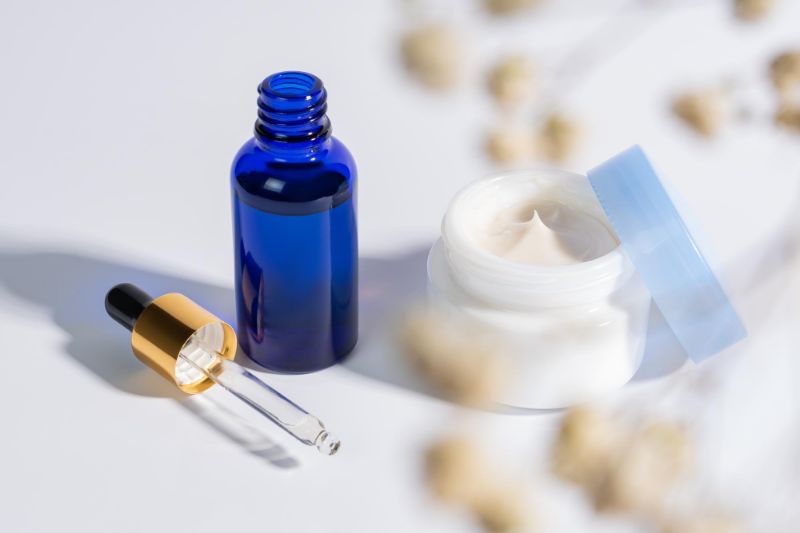
OTC spot treatments can be a convenient and effective option for mild to moderate acne. However, it’s important to carefully read and follow the instructions provided with each product to achieve the best results. In the next chapter, we will discuss prescription spot treatments for more severe or persistent acne.
Prescription Spot Treatments
If you have severe or persistent acne that doesn’t respond to OTC treatments, a dermatologist may prescribe stronger spot treatments. Here are some commonly prescribed options:
Topical Antibiotics
Topical antibiotics, such as clindamycin or erythromycin, can help kill acne-causing bacteria and reduce inflammation. They are usually prescribed in combination with other acne medications to prevent antibiotic resistance. Follow your dermatologist’s instructions for proper application.
Topical Retinoids
Topical retinoids, such as tretinoin, adapalene, or tazarotene, are stronger versions of their OTC counterparts. They are effective in preventing clogged pores, reducing inflammation, and promoting cell turnover. Apply a thin layer of the prescribed retinoid to the affected areas as directed by your dermatologist.
Combination Topicals
Combination topical treatments may include a mix of ingredients such as retinoids, antibiotics, or benzoyl peroxide. These combinations target multiple factors involved in acne formation. Use them according to your dermatologist’s instructions.
Oral Medications
In some cases, oral medications may be prescribed for severe or resistant acne. These may include oral antibiotics, hormonal therapies (such as birth control pills or spironolactone), or isotretinoin (Accutane). It is important to closely monitor these medications and ensure they are used only under the guidance and supervision of a dermatologist.
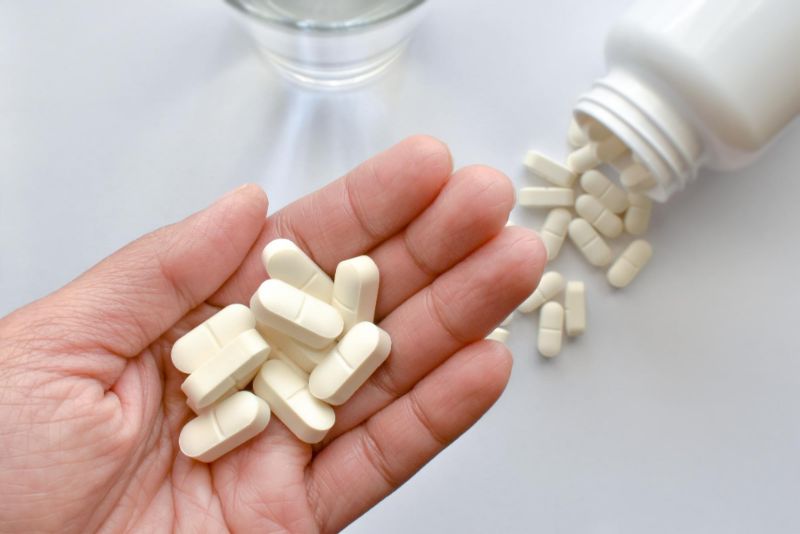
Intralesional Corticosteroid Injections
For larger, painful acne cysts or nodules, dermatologists may administer intralesional corticosteroid injections. These injections help reduce inflammation and promote healing. The procedure is performed in the dermatologist’s office and should be administered by a qualified professional.
Prescription spot treatments are typically reserved for more severe or resistant cases of acne. It’s important to follow your dermatologist’s instructions carefully and communicate any concerns or side effects you may experience.
With RemoteDerm, online dermatology consultation service that can be accessed from anywhere, you can consult with a dermatologist in less than 12 hours. Gone are the days of long waits and in-person visits to dermatologists. With RemoteDrm, individuals can now seek professional advice and treatment plans from the comfort of their homes, eliminating barriers and enhancing convenience.

Tips for Using Spot Acne Treatments Effectively
To maximize the effectiveness of spot acne treatments, it’s important to follow the right application techniques. Consider the following tips to ensure you get the most out of your spot treatments:
- Cleanse gently: Before applying spot treatments, cleanse your face using a gentle cleanser. This helps to remove dirt, oil, and makeup, creating a clean canvas for the spot treatment to work effectively. Avoid harsh scrubbing or abrasive cleansers, as they can irritate the skin and worsen acne.
- Start with a clean canvas: Make sure your skin is dry before applying spot treatments. Excess moisture can create a barrier that hinders the absorption of the active ingredients. Gently pat your skin dry with a clean towel and wait a few minutes before proceeding with the spot treatment application.
- Spot treat before moisturizing: Apply spot treatments before applying moisturizer. This allows the active ingredients in the spot treatment to penetrate the skin directly and work more effectively. Apply a small amount of the spot treatment directly to the affected areas, using clean fingertips or a cotton swab for precise application.
- Don’t overdo it: It can be tempting to apply spot treatments all over the face, especially if you’re experiencing breakouts in multiple areas. However, it’s important to use spot treatments only on the affected areas. Applying them all over the face can lead to excessive dryness, irritation, and unnecessary waste of product. Focus on targeting individual blemishes or problem areas to maximize the benefits of the spot treatment.
- Be consistent: Consistency is key when it comes to using spot treatments. Follow the instructions provided by the product or consult with your dermatologist for guidance on how often and when to apply the spot treatment. Stick to the recommended usage to give the active ingredients enough time to work and see results. Remember, spot treatments are not overnight miracles, and it may take time to see significant improvements.
- Don’t pick or pop: It can be tempting to pick or pop acne spots, but this can lead to further inflammation, infection, and scarring. Allow the spot treatment to do its job. Picking or popping can introduce bacteria and prolong the healing process. Instead, practice patience and let the spot treatment work its magic.
- Protect your skin: Some spot treatments can increase sensitivity to the sun. It’s crucial to protect your skin by applying sunscreen daily. Look for non-comedogenic sunscreen with a broad-spectrum SPF of 30 or higher. This helps prevent sun damage and protects against potential post-inflammatory hyperpigmentation caused by acne.
- Patience is key: Spot treatments may not provide instant results, and it’s important to be patient. Depending on the severity of your acne, it may take weeks or even months to see noticeable improvements. Consistent use, along with a comprehensive skincare routine, will yield the best results. Don’t give up too soon and remember that everyone’s skin is unique, so the timeline for improvement may vary.
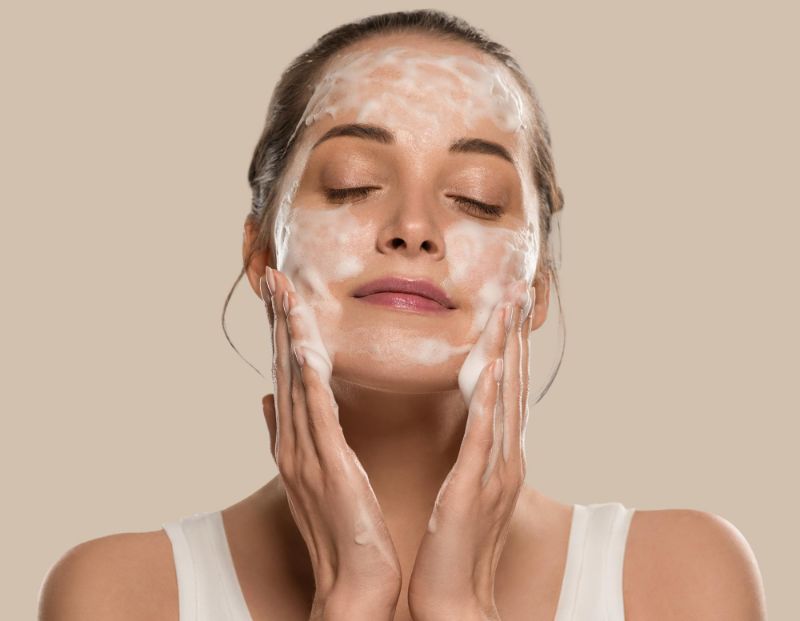
By following these effective application techniques, you can optimize the effectiveness of spot acne treatments and increase the likelihood of achieving clearer, healthier skin. Remember to be gentle, consistent, and patient throughout the process.
Conclusion
In conclusion, spot acne treatment is a highly effective approach to achieving clear and blemish-free skin. Unlike full-face treatments, spot treatments specifically target and treat individual pimples, whiteheads, and blackheads, providing focused care and delivering faster results. By concentrating powerful active ingredients precisely where they are needed, spot treatments address specific problem areas, saving time and resources.
Understanding acne and its causes is essential in selecting the right spot treatment. Factors such as excess oil production, clogged pores, bacteria, hormonal changes, and inflammation contribute to acne formation. Different types of acne, including blackheads, whiteheads, papules, pustules, nodules, and cysts, require specific treatments tailored to their characteristics and severity.
When choosing a spot treatment, it is important to consider the ingredients. Key acne-fighting ingredients to look for include benzoyl peroxide, salicylic acid, sulfur, retinoids, tea tree oil, and witch hazel. Selecting the appropriate spot treatment for your skin type is crucial, as oily, dry/sensitive, and combination skin have different needs and requirements.
Natural spot acne treatments, such as tea tree oil, witch hazel, aloe vera, apple cider vinegar, honey, and green tea extract, provide a holistic and gentle alternative to chemical-based products. However, severe or persistent acne may require personalized treatment plans and dermatologist consultation.
Over-the-counter (OTC) spot treatments, containing ingredients like benzoyl peroxide, salicylic acid, sulfur, retinoids, and alpha hydroxy acids (AHAs), offer convenient and accessible solutions. These products effectively unclog pores, reduce inflammation, and combat acne-causing bacteria.
FAQs
- How do you choose the right spot treatment for your skin type?
For oily skin, spot treatments with benzoyl peroxide or salicylic acid can help control oil production. For dry or sensitive skin, spot treatments with milder ingredients like sulfur or tea tree oil are recommended. Combination skin may benefit from spot treatments with salicylic acid to address both oiliness and congestion.
- Are there any precautions or side effects to consider with spot acne treatments?
Some spot acne treatments may cause dryness, irritation, or increased sensitivity to sunlight. It’s important to follow the instructions and consult a dermatologist if you have any concerns or experience severe side effects.
- Can spot treatments completely eliminate acne?
Spot treatments can help reduce the size and inflammation of individual acne spots and speed up the healing process. However, they may not completely eliminate acne on their own. A comprehensive skincare routine and addressing underlying causes are essential for long-term acne management.
- Should I pop my acne before applying spot treatments?
It’s generally not recommended to pop or squeeze acne before applying spot treatments. Picking at acne can lead to further inflammation, infection, and potential scarring. It’s best to let the spot treatment work on its own.
- Can spot treatments be used as a preventive measure?
Spot treatments are primarily designed to target existing acne spots. While they may help prevent new breakouts to some extent, it’s more effective to incorporate preventive measures like regular cleansing, exfoliation, and using non-comedogenic skincare products.
- Can spot treatments be used during pregnancy or while breastfeeding?
Pregnant or breastfeeding individuals should consult their healthcare provider before using spot treatments. Some ingredients may not be recommended during this time, and it’s important to prioritize the safety of both the individual and the baby.
- Are there any lifestyle changes that can complement spot treatments for acne management?
Yes, lifestyle changes can support acne management alongside spot treatments. Maintaining a balanced diet, managing stress levels, avoiding pore-clogging products, and practicing good hygiene can contribute to overall skin health and reduce the likelihood of acne breakouts.
- Is it necessary to moisturize after using a spot treatment?
While it’s not always necessary, moisturizing after using a spot treatment can be beneficial. Spot treatments often contain ingredients that target acne-causing bacteria or reduce inflammation, which can sometimes cause dryness or irritation in the surrounding skin.
- Can Stress Cause Acne Breakouts?
Yes, stress can contribute to acne breakouts. When we are stressed, our bodies release stress chemicals such as cortisol, which can encourage the production of oil in the skin. This increased oil production can clog pores and cause acne.
- Can certain foods or diets worsen acne?
Yes, certain foods or diets can worsen acne for some individuals. While the relationship between diet and acne is complex and varies from person to person, certain foods have been associated with acne flare-ups. Diets high in refined sugars, processed carbohydrates, dairy products, and foods with a high glycemic index may potentially worsen acne.
- How long does it typically take for a spot treatment to show results?
Depending on the product and the person’s skin, a spot treatment may take a while to start working. Spot treatments typically have a quick effect; after using them consistently for a few days to a week, you may notice benefits. The efficiency of spot treatments can, however, differ depending on the level of acne, the particular components in the solution, and a person’s skin characteristics.
